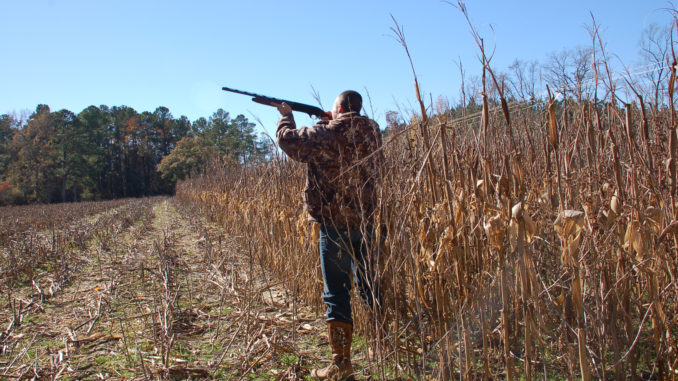
Dove hunting captures almost every hunter in the Carolinas around Labor Day weekend, but the later seasons attract the true dove enthusiasts. The U.S. Fish and Wildlife Service allows doves to be harvested one week in November and during the late season from mid-December to late January. With only a few dove hunters around, plenty of doves will be available for a super, late-season hunt. Final manipulation of crops should begin this month for second- and third-season dove hunts.
Dove migration will be over by November, but a substantial dove population uses the Carolinas’ rich agriculture lands all winter. While most corn and grain fields have been gathered and sold to market, some fields of soybeans, sorghum, millet and maybe even a late corn field have been left standing. Some field owners with late-season dove hunting in mind have left enough standing grain along the field edges and in strips in the middle.
This month, these remaining crops should be mowed and disced a few weeks before the final season begins to attract doves. The available seed and bare dirt in isolated areas will attract doves. Also, if there are ditches, shallow ponds or areas susceptible to temporary ponding near fields, the margins of the waters should be disced thoroughly to allow doves easy access.




Be the first to comment